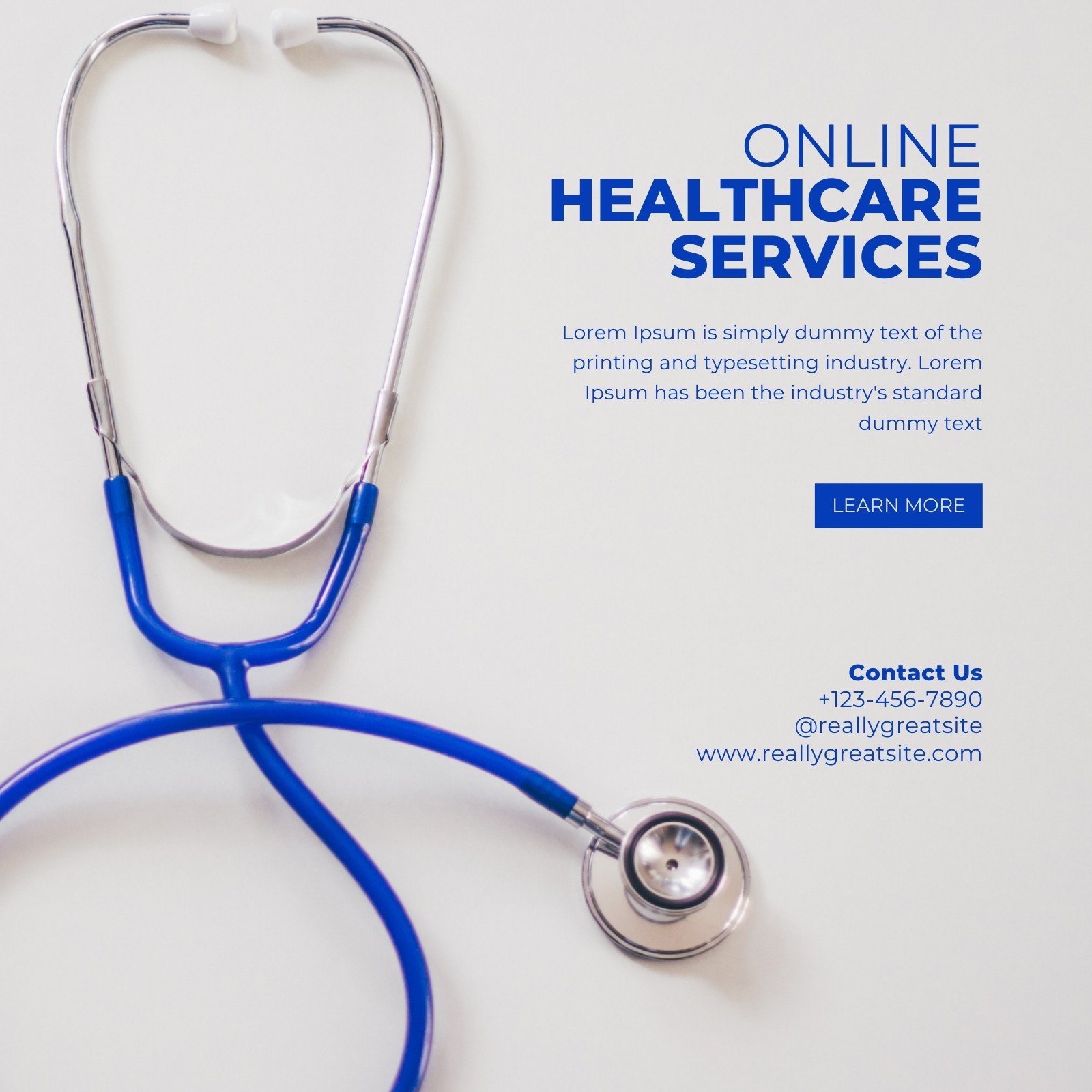The Increase of Subscription-Based Healthcare and Its Effect On Individual Care
As healthcare advances, the subscription-based version is obtaining grip, promising to revolutionize person care by offering predictability and access. These models, which bypass typical insurance, could redefine the patient-doctor dynamic, highlighting preventive and personalized care. As with any advancement, they provide obstacles, specifically concerning equitable accessibility for all socioeconomic teams. The capacity for these versions to improve healthcare distribution elevates pressing questions regarding their lasting sustainability and inclusivity. Are these membership solutions the future of health care, or do they take the chance of leaving susceptible populaces behind? The ins and outs of this shift warrant a closer evaluation.
Understanding Subscription Healthcare Designs
Realizing the concept of subscription medical care models includes taking a look at a transformative method to medical solutions that stresses affordability and access. These models, usually referred to as direct health care (DPC) or concierge medication, have emerged as innovative options to typical fee-for-service healthcare systems. Registration health care allows patients to pay a fixed month-to-month or annual fee for a defined collection of medical services, which may include unlimited workplace brows through, regular check-ups, and fundamental laboratory tests, without the need for traditional insurance coverage payment.
The framework of registration healthcare versions is designed to simplify person care by getting rid of third-party payers and complicated billing codes, consequently decreasing management burdens. Doctor can concentrate much more on client treatment, fostering stronger patient-provider connections. This version additionally promotes preventative treatment by encouraging routine visits, as the economic obstacle of per-visit charges is gotten rid of.
The subscription version usually empowers medical care suppliers to take care of smaller sized client panels, allowing for more personalized treatment. It lines up financial rewards with person health and wellness end results, as carriers are inspired to maintain patient satisfaction and health. Generally, understanding registration medical care models needs acknowledging their possible to improve how treatment is delivered and accessed.
Benefits for Suppliers and patients

For providers, subscription-based versions supply the chance to strengthen patient-provider partnerships. With a constant profits stream, health care professionals can devote more time per patient, leading to a much more personalized and detailed treatment experience. This design also minimizes dependence over client quantities, alleviating exhaustion and enhancing work complete satisfaction. Furthermore, the focus on precautionary treatment within subscription strategies can lead to better individual outcomes and minimized long-lasting medical care costs. By concentrating on continual treatment, carriers can deal with problems prior to they escalate, eventually benefiting the health care system all at once by reducing the burden on emergency and acute treatment services.
Obstacles and Worries
While subscription-based medical care designs present numerous benefits, they likewise feature a collection of difficulties and concerns that should be resolved. Access stays a substantial concern, as these models often target people that can manage monthly costs, possibly excluding low-income populaces. This increases moral inquiries regarding fair access to medical care services. Additionally, the varied nature of registration plans can bring about complication amongst individuals pertaining to coverage specifics, possibly leading to unmet expectations or poor care.
Financial sustainability of subscription-based versions is another concern. Suppliers need to stabilize the set earnings from subscriptions with the variable costs of health care solutions, which may rise and fall as a result of unpredicted medical needs. This can create stress to restrict solutions or increase costs, potentially influencing person complete satisfaction and care high quality.
Moreover, regulatory oversight of subscription-based healthcare models is still evolving. The lack of standardized structures can lead to inconsistent solution quality and liability, making complex efforts to make certain patient defense. The assimilation of modern technology-- typically a keystone of these models-- elevates concerns read here regarding information privacy and protection, as sensitive individual details might be susceptible to violations. Resolving these obstacles is essential for the fair and effective implementation of subscription-based medical care.
Influence On Patient-Doctor Relationships
One considerable impact of subscription-based medical care versions on patient-doctor relationships is the capacity for boosted continuity and customized her response care. By adopting a membership model, physicians can manage a smaller person panel, enabling more committed time with each person. This increased accessibility promotes a deeper understanding of a person's case history, way of life, and preferences, enabling much more tailored therapy plans and treatments.

Nonetheless, it is vital to identify that while subscription-based models might benefit those that can afford them, they might accidentally widen healthcare disparities. Clients that are unable to get involved in these versions could experience decreased access to individualized care, possibly affecting their connections with medical care suppliers. Thus, while the subscription design supplies promising advantages for patient-doctor connections, it also positions difficulties that require to be dealt with to make sure equitable health care accessibility.
Future of Health Care Accessibility

The duty of innovation can not be neglected in this improvement. Telemedicine systems and electronic health and wellness documents assist in smooth interaction in between people and doctor, breaking down geographical and logistical obstacles. In addition, improvements in expert system and information analytics can better customize treatment by predicting patient needs and optimizing treatment strategies.
However, the future of healthcare access additionally provides obstacles, such as ensuring equity across various socio-economic teams. Policymakers this post and doctor must team up to link the electronic divide, making sure that subscription-based versions remain budget friendly and comprehensive. As these systems develop, they hold the promise of making medical care a lot more available, efficient, and patient-centric.
Conclusion
Subscription-based health care models are reshaping client care by providing a steady expense framework and improving ease of access. The increase of subscription-based healthcare urges positive person engagement, which has the potential to enhance individual end results and complete satisfaction, signifying a transformative shift in medical care delivery.
As healthcare evolves, the subscription-based model is gaining grip, guaranteeing to transform client care by using predictability and ease of access.Subscription-based health care versions offer distinct advantages for both companies and clients, boosting the total health care experience.As healthcare systems evolve, the future of health care gain access to regularly hinges on the combination of innovative designs and innovations.Subscription-based health care designs are reshaping person treatment by providing a steady price framework and enhancing ease of access. The rise of subscription-based medical care encourages proactive person interaction, which has the potential to improve patient end results and contentment, indicating a transformative change in healthcare delivery.